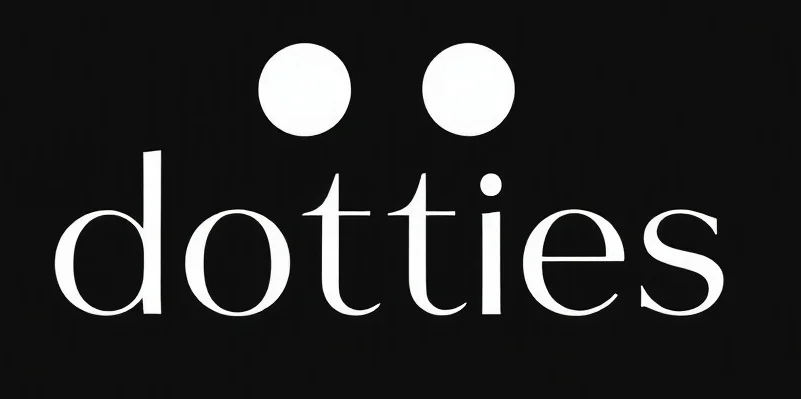Understanding the Conversion Rate Optimization Process
Conversion Rate Optimization (CRO) might sound like something out of a sci-fi novel, but it’s not about turning your website into a space-age marvel. Instead, it’s about fine-tuning your online presence to better serve your human visitors—those delightful organisms who are far more unpredictable than any AI. If you’re curious about the detailed conversion rate optimization process, you can dive deep into it, and you’ll find it’s less about magic and more about method.
The CRO Journey: From Data to Delight
At its core, CRO is about understanding user behavior to improve the user experience. It’s like being a detective, minus the trench coat and magnifying glass. The process kicks off with data collection. You’ll want to know what users are doing on your site, where they’re clicking, and perhaps most importantly, where they’re not. Think of this as your blueprint—it points you to where the leaks in the conversion funnel might be.
If you’re interested in exploring more about building an online presence, consider checking out the Strategic Guide: How to Build a Website on Shopify for insights on creating a robust platform.
Analyzing the User Journey
Once you have your data, the next step is analysis. This is where you channel your inner Sherlock Holmes. You’re looking for patterns, trends, and anomalies. Maybe users are dropping off at a particular page, or perhaps they’re spending ages on a specific product without purchasing. These insights are your clues, helping you form hypotheses about what might improve conversions.
Hypotheses and Testing: The Lab Coat Phase
After you’ve formulated your hypotheses, it’s time for the experimentation phase. A/B testing is your trusty lab partner here. By changing one element at a time—a button color, a headline, or even the placement of a form—you can measure what impacts user behavior. It’s like training AI; you tweak and iterate until you find the sweet spot.
Iterate and Implement
The final stage is implementing successful changes. But here’s the kicker: CRO is not a one-and-done task. It’s an ongoing process. User behavior evolves, and so must your strategies. It’s like a dance, where the music keeps changing, and you must adapt your moves accordingly.
Actionable Recommendations for Entrepreneurs
Now, how do you turn this knowledge into action? First, start small. Pick a few key pages and focus your efforts there. Use tools like Google Analytics to gather data and uncover where improvements are needed. Second, remember that CRO is about the user, not the algorithm. Keep your focus human-centered. Lastly, don’t fear failure. Each test that doesn’t yield the results you hoped for is a step towards finding what does work. It’s all part of the learning process.
So, roll up your sleeves, dig into the data, and start optimizing. Your future customers are already browsing. Make sure you’re ready to meet them where they are.
Checkout ProductScope AI’s Studio (and get 200 free studio credits)

